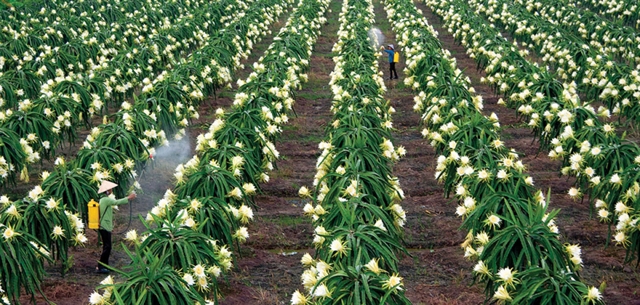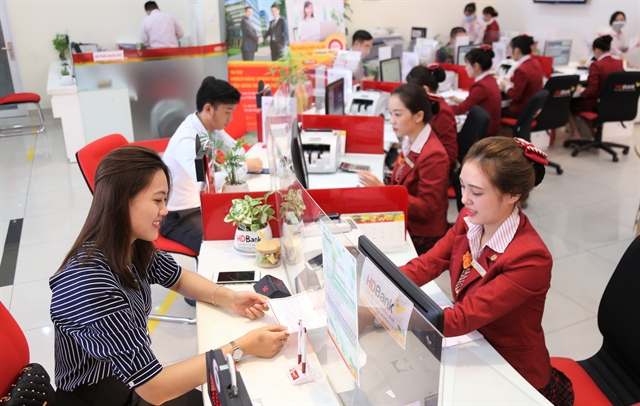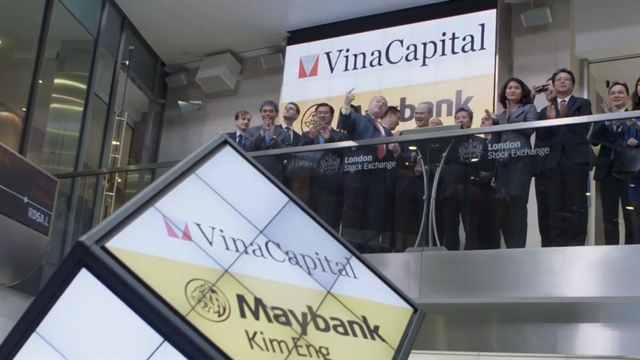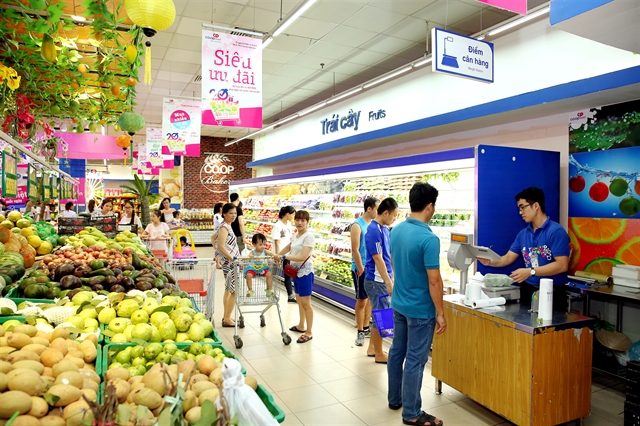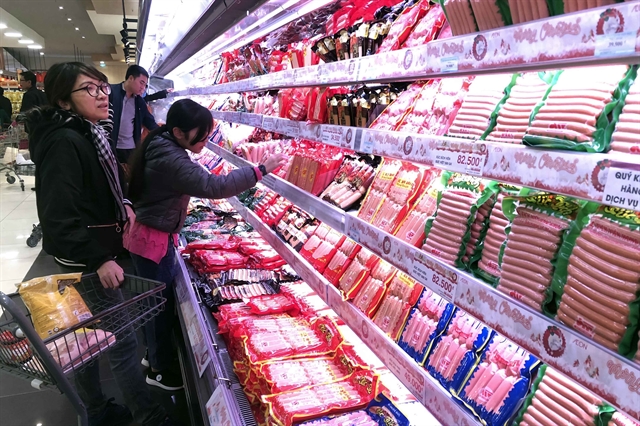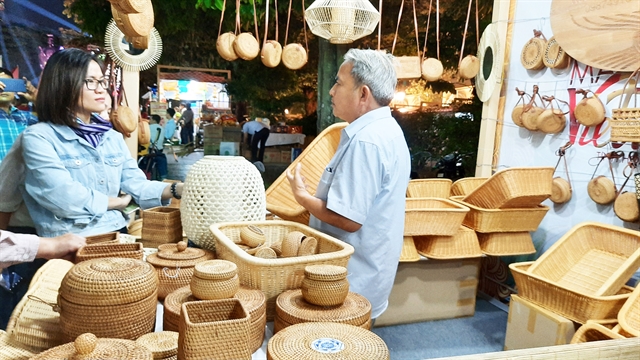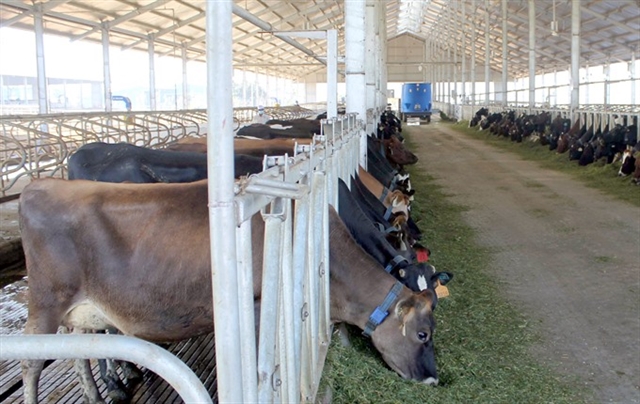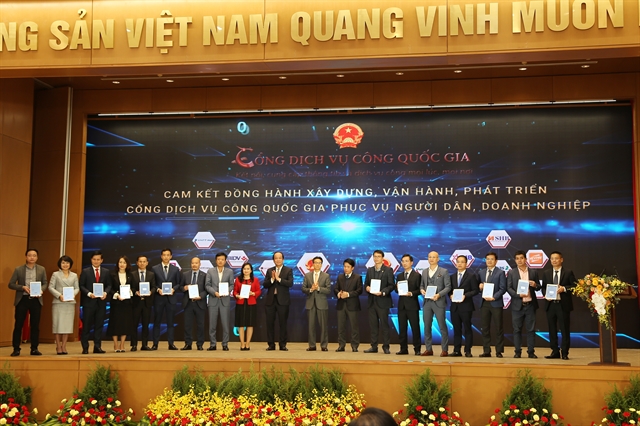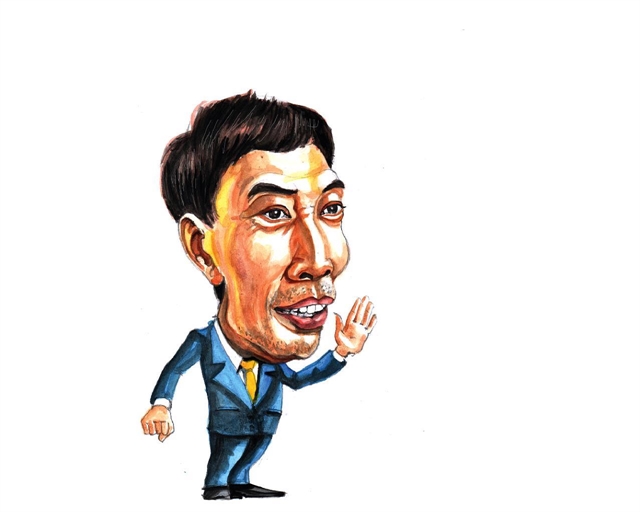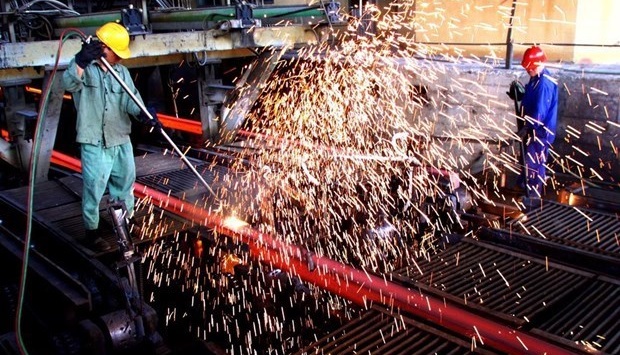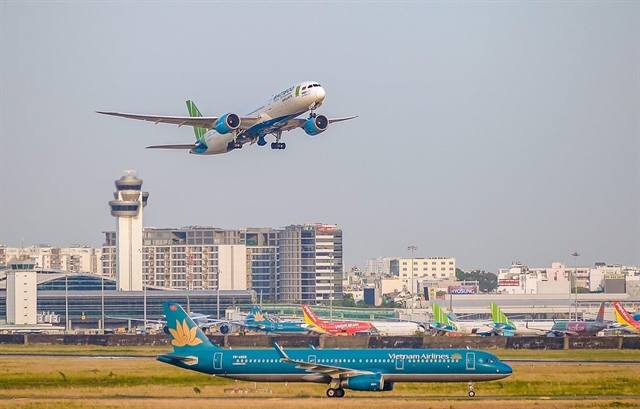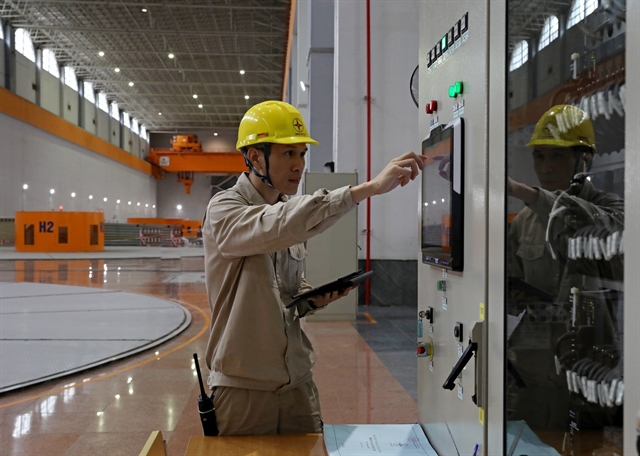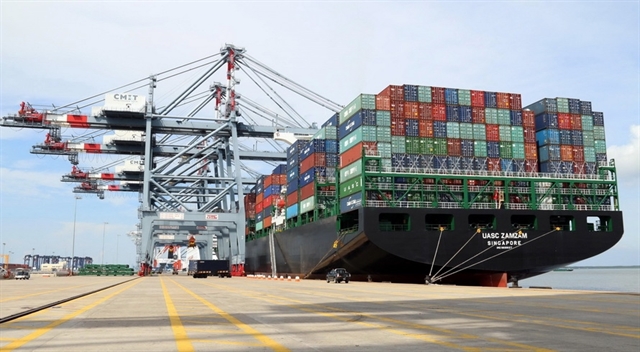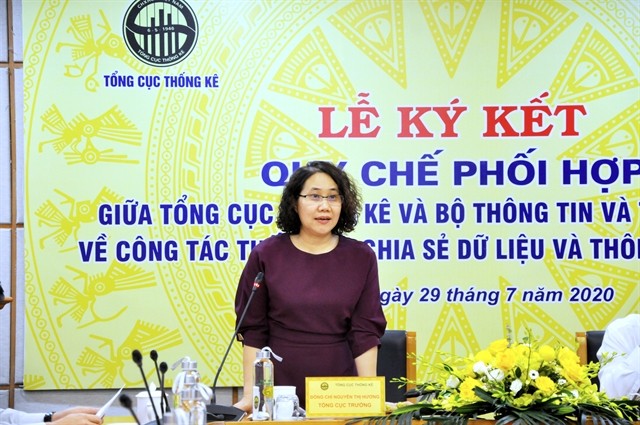
Việt Nam's gross domestic product (GDP) was estimated to increase 2.91 per cent in 2020 due to the Government's economic management experience over the past years, a safe and healthy macroeconomic environment and stable politics.
In 2021, the economic growth is expected to reach the target of 6 per cent set by the National Assembly, although the world economy is forecasted to continue the slowing trend due to challenges from the COVID-19 pandemic.
The General Director of General Statistics Office Nguyễn Thị Hương spoke to the Vietnam News Agency reporter about this issue.
What are the bright spots of the Vietnamese economy in 2020?
The socio-economic development this year has performed in the context of a strong outbreak of the COVID-19 world wide. Unpredictable development of the pandemic has seriously affected all socio-economic aspects at home and abroad.
Therefore, the Prime Minister has promptly instructed ministries, sectors and localities to implement synchronously and effectively solutions in both preventing the pandemic to ensure the people's health and completing the socio-economic development goals and tasks in 2020.
As a result, the national GDP this year was estimated to increase 2.91 per cent. This is a success for Việt Nam with the growth that is among the world’s highest.
The highlights in the economy have included the processing and manufacturing industry, which is the driving force for economic growth, with a growth of 5.82 per cent, contributing 1.25 percentage points to the national GDP. Especially, in the fourth quarter, this industry achieved the high growth rate of 8.6 per cent.
In addition, the disbursement of capital from the State budget this year reached 91.1 per cent of the yearly plan, an increase of 34.5 per cent compared to 2019, reaching the highest level in the 2011-2020 period. This is the result of accelerating the disbursement of public investment to maintain economic growth in the context of controlled COVID-19 in Việt Nam.
Meanwhile, the nation’s total trade value this year has set a new record with $543.9 billion. Therefore, it has gained a trade surplus of $19.1 billion, the highest level ever. This has contributed significantly to economic growth in 2020. At the same time, that will have a positive impact on the exchange rate and foreign exchange reserves in the context that the nation needs more capital to prepare for economic recovery in 2021.
The agriculture, forestry and fisheries sector has also played a supportive role for the economy during the difficult period, ensuring enough supply of essential food and goods. Of which, production of the plantation and husbandry sectors have recovered. However, the pig production are slowly recovering.
Commercial and service activities have showed signs of recovery with a year-on-year increase of 6.2 per cent in the total retail sales of goods and services in the second half of the year. It decreased by 1.2 per cent in the first six months. The retail sales for the whole year were estimated to increase by 2.6 per cent compared to 2019.
What contribution has the statistics sector made in advising the Government to achieve economic growth in 2020?
This year, besides of regular tasks to support for the Government in governing the economy, the General Department Statistics has compiled reports on the effects of the COVID-19 on Việt Nam's socio-economic development.
In addition, the office has also conducted two surveys about the impact of COVID-19 on businesses, thereby providing information for the Government to assess the situation and issue supports for the business community.
At the same time, the office has built up price management scenarios to report the Price Management Steering Committee when having unpredictable changes of the world market, the pandemic and the weather. As a result, the national inflation was at 3.23 per cent this year, reaching the target set by the National Assembly.
The world economic growth in 2021 is forecasted to continue the trend of slowing down due to challenges from the COVID-19. Which industries are predicted to be bright spots in the domestic economy next year?
Complicated development of the pandemic at present will continue affect the socio-economic development at home and abroad.
For Việt Nam, effective anti-pandemic measures have gained the trust of the local people and foreigners. Therefore, we can see some bright spots of our economy in 2021, including the processing and manufacturing industry. Especially, the manufacturing of electronic components will have expansion of production scale of foreign-invested manufacturers.
The construction sector will continue its growth with expressway projects that will be completed in 2021.
With advantage of the EU-Việt Nam Free Trade Agrement (EVFTA), Việt Nam’s exports to the EU will increase, especially seafood, fruits, coffee, textiles, garments and shoes.
Meanwhile, with a population of nearly 97.6 million people and diversified stimulus policies, the service sector will also be the highlight of 2021, including wholesale, retail, banking and insurance.
According to the Brand Finance’s report on national brands in 2020, the national brand value of Việt Nam this year has increased by 29 per cent to $319 billion, among the fastest in the world. Việt Nam's ranking has also improved from 42th in 2019 to 33rd in 2020, whereby foreign investment attraction will flourish in the coming years.
What should Việt Nam do to achieve the growth targets in 2021?
On November 11, 2020, the 14th National Assembly passed the Resolution 124/2020/QH14 on the Socio-Economic Development Plan for 2021, including the GDP growth goal of about 6 per cent.
2021 is the first year of implementing the 2021-2025 Economic Development Plan, so the successful implementation of the economic development targets set by the National Assembly has very important significance, creating a foundation for completing the socio-economic development plan in the whole period.
To achieve the growth targets, the Government should continue to focus on solving difficulties of the enterprises, resuming the economic development, implementing procedures reform for businesses to access supportive policies.
In addition, it continues to stabilise socio-economic development environment to ensure safety and convenience for people's lives and activities of the businesses.
The Government needs to support the business community in finding import markets for raw materials, fuels and spare parts in order to overcome difficulties caused by the COVID-19.
The Government also needs to implement solutions for the enterprises to promote application of technology for operation, step by step improving their innovative and creative abilities in production and business activities. It should focus on improving labour productivity and competitiveness of the economy.
Meanwhile, Vietnamese enterprises need to focus on developing the domestic market and developing distribution channels for Vietnamese products. At the same time, the Government should have programmes on encouraging the local people to use made-in-Vietnam goods. That will also encourage the enterprises to promote production and distribution of the products.
The State Bank should have flexible and prudent monetary, interest rate and exchange rate policies that are suitable with domestic and global market developments and the fiscal and macro policies to curb inflation, support for production and business and promote the economic growth.
Along with that, the Government should encourage investment in the export product production sector to have available goods for promoting exports according to EVFTA and in the post pandemic period.
The agricultural sector needs to develop specific production and consumption strategies based on cooperation between business households and enterprises. The cooperation will produce organic farming products under stable consumption contract, being an important factor to ensure sustainable agricultural production. — VNS
